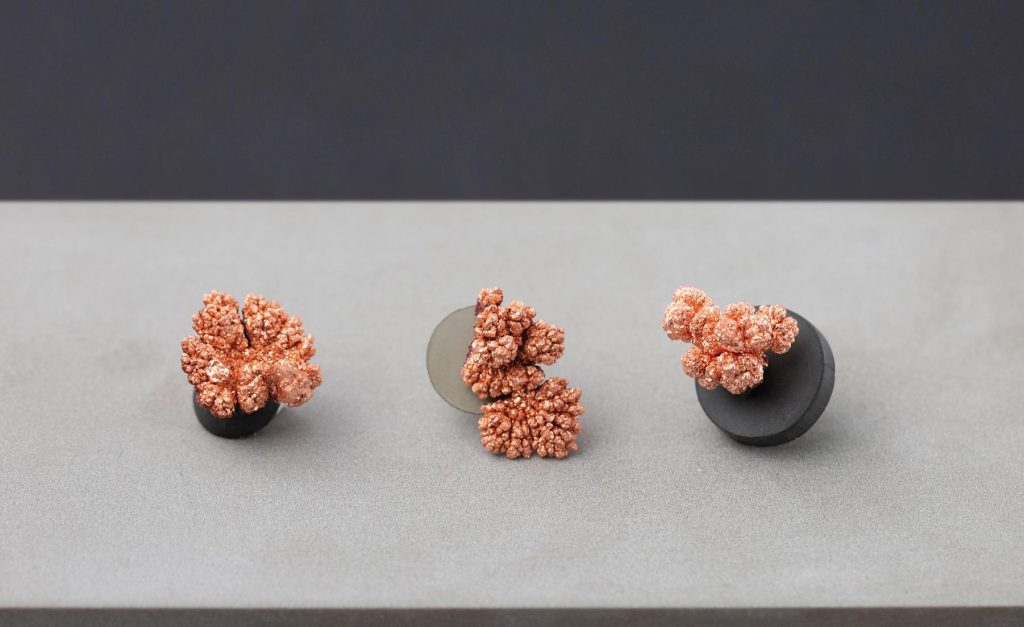
In conversation with Xiaodong Ma
It is a thrill to introduce Xiaodong Ma, the brilliantly talented visual artist, who is taking center stage in this week’s interview! Firstly, tell us a bit about your artistic upbringing. What steppingstones did you have in life that led you to where you are today?
Thanks for having me! My background is a hybrid journey of Industrial Design and Visual Art. I started my professional career as an industrial designer in 2013 and am currently working at SRAM as a Senior Industrial Designer in Chicago. Before entering CCA to pursue my MFA in 2016, I perceived design and art as two distinct (even opposing) fields—design being objective and rational (problem-solving), and art being subjective and emotional (self-expression).
During my three years in the CCA MFA program (2016-2019), I was fully immersed in an interdisciplinary environment where my project teammates came from diverse professional backgrounds (art, chemical engineering, programming, finance, etc.). This was also the first time I encountered the overlapping realms of design and art, which made me realize that both fundamentally involve creation, and the results of creation to some extent reflect the creator’s ‘self’ (whether intentionally or unintentionally).
It is this ‘self’—with its identity, experiences, and values—that repeatedly creates options and makes decisions during the creative process. So, after graduating from CCA, I have continued to explore the fields of Visual Art and Industrial Design. I hope to continue exploring and understanding the ‘self’ through my creations.
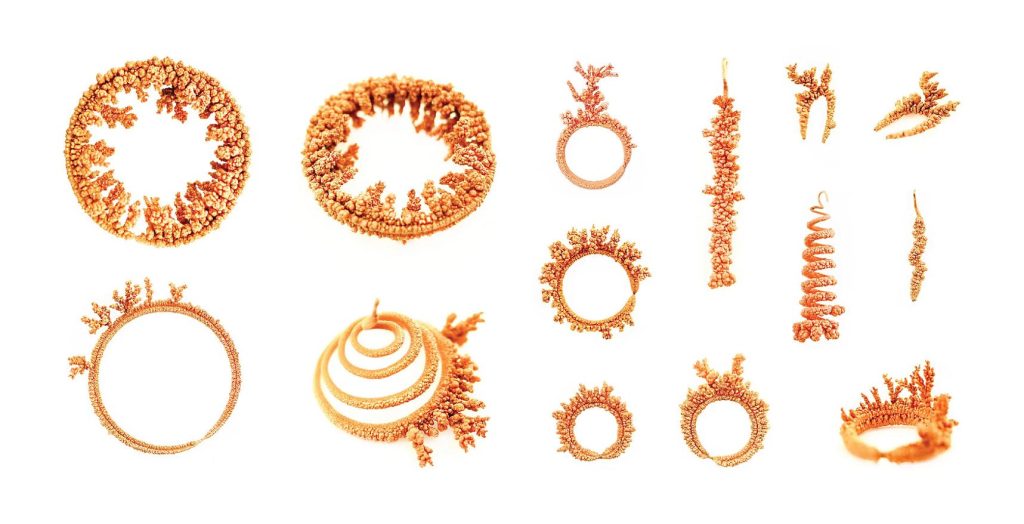
We are intrigued by the fact that you are both a hybrid industrial designer and visual artist. How do you navigate creating a piece or working on a project with these two identities? What methodology or approach do you take when honing in on your craft?
I once doubted whether I could manage both Industrial Design and Visual Art, but after adjusting to this creative rhythm, I discovered that industrial design and visual art inspire and enhance each other in my work, and pursuing both paths has given me greater creative confidence. For example, my visual art piece “Reformation: Shadow Evolution” was completed incidentally during the paper modeling process of a commercial design project.
While making paper mockups for industrial design, I was captivated by the positive and negative spaces created by the paper models under light. This led to the creation of a shadow-related visual piece, blurring the boundaries between spaces and using three-dimensional objects to create black-and-white two-dimensional effects. My methodology is ‘What if … not …?’ and ‘Thinking by Making.’ I like to challenge the ordinary by posing hypothetical questions about life’s norms.
I might wonder, “What if chairs served a purpose other than sitting?” or “What if our consumption habits weren’t fixated on novelty?” These inquiries prompt a departure from conventional thought, opening avenues of exploration. In my artistic endeavors, I diverge from meticulous planning, preferring to dive into creation spontaneously. Through this process, each act of creation fuels fresh inspiration, evolving organically with each iteration.
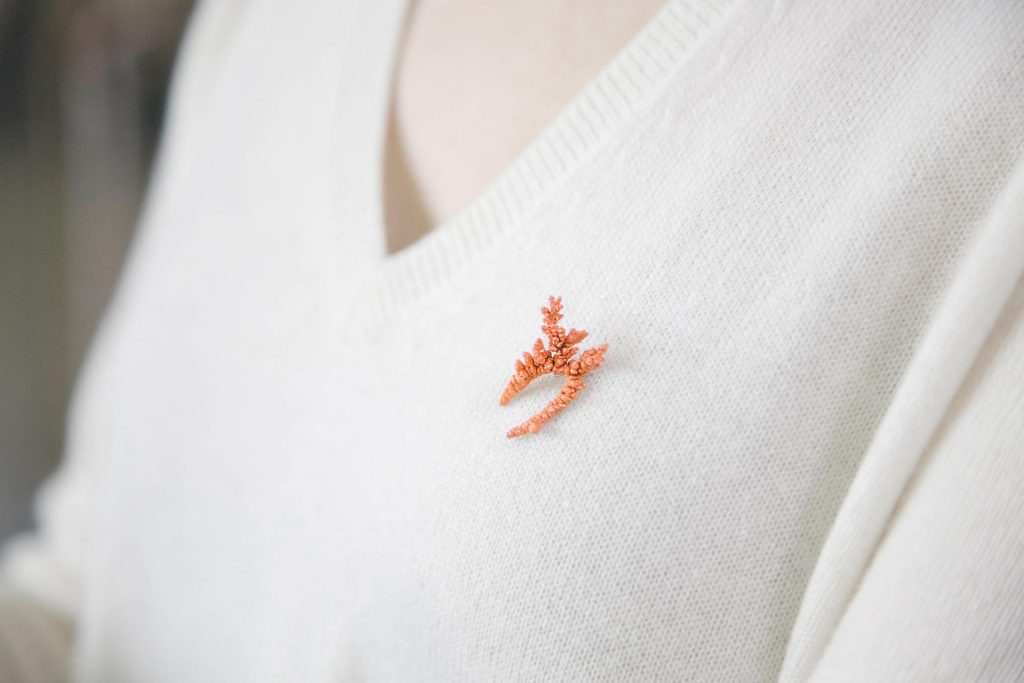
Regarding your project titled “Electrolysis Jewelry 2e-: Aesthetic Potential of Copper Waste”, what drew you specifically to the method of electrolysis as a way to recycle copper? What other methods did you consider?
Using electrolysis as a solution to recycle copper waste was also inspired by my work experience in industrial design, specifically an electrolysis process (electroplating) commonly seen in the surface cleaning of metal products. But what if the electrolysis technique is used in metal forming instead of plating? After four months of experimentation with electrolysis, I explored the diverse crystal forms of scrap copper by controlling the electrolysis forming and interfering with the anode, cathode, voltage, current, and density of the sulfate solution.
At the beginning of the project, I also considered other designs for recycling copper waste, such as creating a furniture series by casting copper waste into molds; reprocessing copper waste into copper shavings to use as reinforcing materials for recyclable products; and using waste copper wires, copper threads, and copper pipes to create a series of lamps using traditional bamboo weaving techniques.
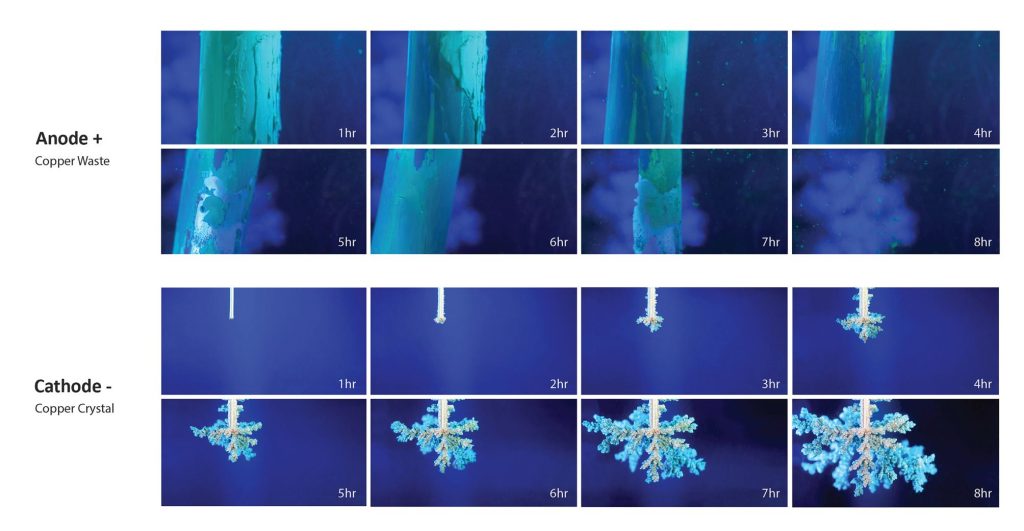
How did working with the specific scrap pieces of copper inform the design of the jewelry? To what extent did the process of electrolysis interact and influence the scraps of copper?
Most people perceive recycled products as sustainable designs that sacrifice some performance and appearance. To challenge this traditional notion, I chose to explore the potential beauty of industrial copper waste through electrolysis in the initial stages of the project.
I selected jewelry as the medium for this recycling design because the stark contrast between industrial copper waste from mass production and the elegance of jewelry can more effectively prompt viewers to reconsider the immense reuse potential of industrial waste and encourage people to innovate in the material-recycling process. Numerous factors can influence the form, durability, and finish color of electrolyzed copper, such as current, voltage, concentration of the sulfate solution, and the distance and orientation of the anode and cathode.
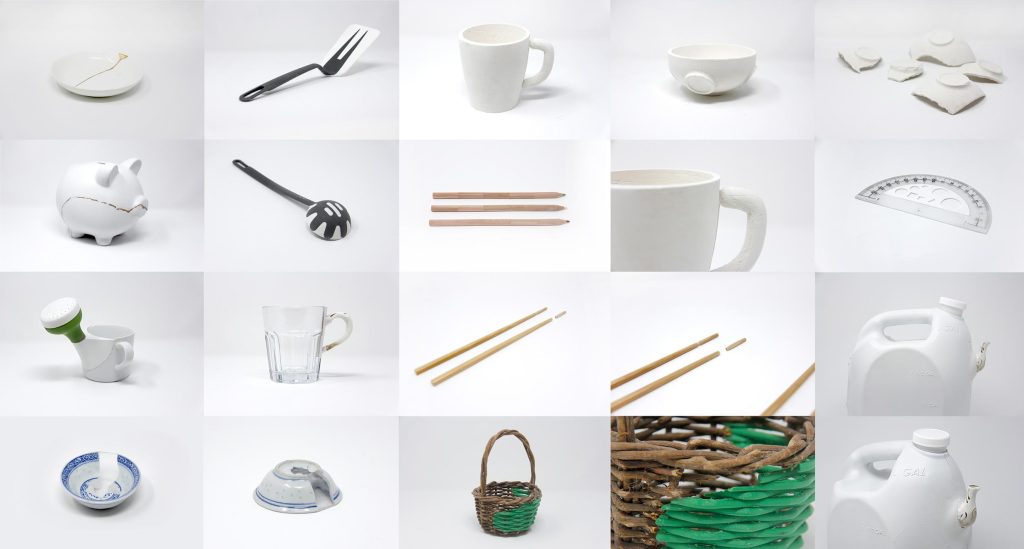
Another original project of yours is titled “Social Critique Design: Repairing Society, A Nostalgia Feature.” It is a stunning concept that revolves around combating overconsumption and material waste by enhancing objects through aesthetic fixes rather than throwing them away for good. This project gives a sort of call to action for consumers but also to designers. Can you give us a realistic scenario between the consumer and designer that demonstrates the concept of ‘Repair not Replace’ as iterated in your project?
Repairing Society is a Speculative Design Practice addressing on challenging the consumerism perception ‘New is better than the old’ and fostering a strong attachment between users and objects. In this project, I imagined a society opposing our current ‘Throw-away’ society by proposing three solutions and scenarios (Repair, Graft, and Autotomy).
REPAIR: Broken is Better Than the New
Repairing things used to be a ubiquitous service available to everyone when I was a child. Repairmen, like tinkers, sharpeners, and shoe cobblers, wandered in the streets and communities to ask if anyone had anything waiting to be repaired. Everything after their repair work looks new. Repairmen are great artisans who devote their lives to prolonging the stories and strengthening the bonds between things and their owners. The Repairing Society makes products live longer through repeated repairs. It also revives traditional repairing creates more job opportunities for repairmen and empowers citizens to become repair people too.
GRAFT: Recombining for Repurpose
Graft or Graftage is a horticultural technique whereby tissues of plants are joined to continue their growth together. This idea also can be used in the Repairing Society. The broken objects, or broken parts of objects, can be recombined and converted into a new product which extends the function and usability of the originals. At the same time, it keeps the original objects, or parts of original objects, to leave an opportunity for owners to continue cultivating and stacking bonds within objects. The objects send a message to others that we have a history, that we are capable, and that we believe in continually evolving use.
AUTOTOMY: Design for Broken
“Broken for Second Life” is a design ethic for the brands and designers in the Repairing Society. The things designed to be broken gracefully and cleanly make the later repairing and repurposing work easier. Every time we repair something, we add to its potential, its history, its soul, and its inherent beauty. We design for a long arc of use, and an evolving appearance and meaning. In the Repairing Society, designers have a strong sense of making repairable things by always keeping autotomy in mind. They not only focus on how products are used but also how things are broken. It means the object’s afterlife is well-planned in the beginning.
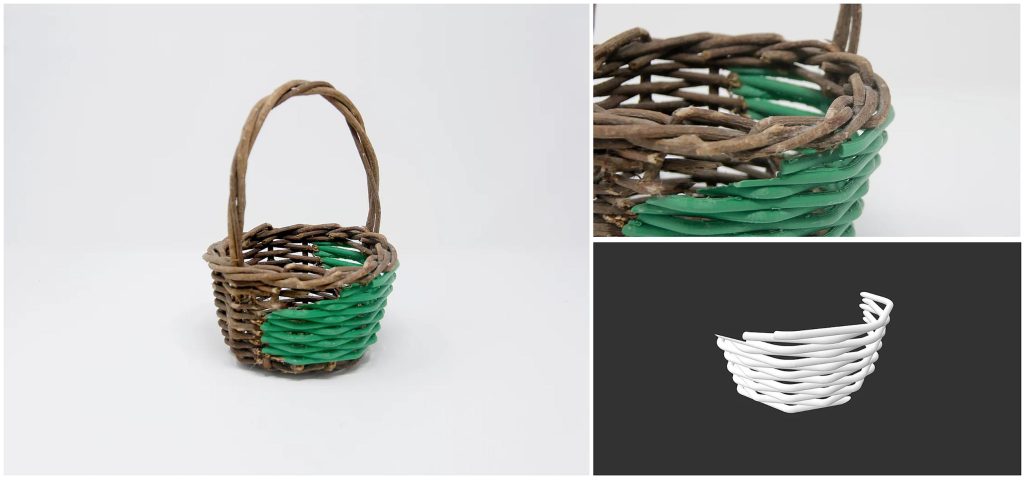
If your project were to gain national traction and make its way to worldwide implementation, how do you think its execution would go? Do you think there would be resistance? What opportunities for social change could you envision with this project?
To bring this speculative design into practical reality, I would proceed in three directions simultaneously: art exhibitions, corporate partnerships, and design team presentations.
Art exhibitions can gain media exposure, thereby spreading the core idea of ‘Repairing Society’ to a more open-minded audience. Corporate partnerships can add services related to Repair, Graft, and Autotomy to existing product categories, extending product lifespans and strengthening the emotional bond between people and objects. This also helps target companies establish an environmentally responsible image.
Target companies could include IKEA (offering Repair & Graft services for used IKEA products) and Home Depot (hosting Repair & Graft Workshops using in-store tools). Design team presentations would focus on the ‘Autotomy design mindset & ethic,’ making products easier to repair and reuse from the very beginning of product development, rather than being more convenient to discard.
However, there are significant challenges, as consumerism has a long-standing history and consumer education is deeply entrenched. For instance, planned obsolescence is a core strategy and philosophy in our consumer society. It means that products are designed to last only for a specific period before becoming useless or outdated, stimulating consumption and satisfying consumers’ desire for newness.
Planned obsolescence, as a form of consumerism’s education or dogma, teaches people to replace rather than repair, making them believe that new is always better. Additionally, many companies focus only on short-term quarterly profits, and extending product lifespans can reduce the motivation to develop new products, leading to short-term profit losses. Therefore, it is foreseeable that such companies would find it difficult to accept the ‘Repairing Society’ concept.
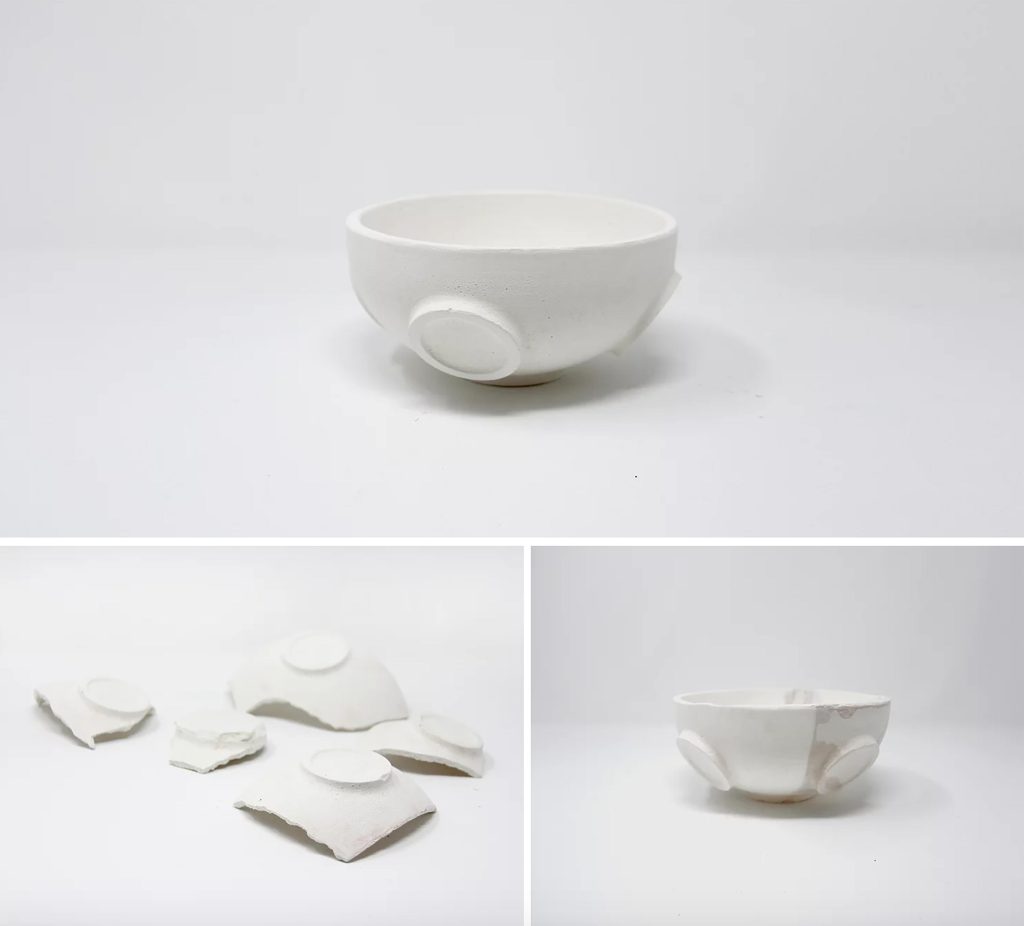
What particular work of yours would you say you feel the proudest about? Can you tell us about its significance?
The design work I am most proud of is a social critique design piece titled “Repairing Society: A Nostalgia Future.” This work reflects my new understanding of the boundaries between design and art. It marks an important transition for me from a traditional industrial designer focused on ‘problem-solving’ to a hybrid designer aimed at ‘provoking reflection.’ This project showcases my accumulated experience as a designer and my interest in the emotional bonds between people and objects, as well as my reflections on modern lifestyles.
It includes design research on the history of consumerism and repair cultures in different countries and regions, and features service design and industrial design centered around the three themes of ‘REPAIR, GRAFT, AUTOTOMY’ and related stakeholders. Having ten months to explore topics of personal interest is a rare luxury for a designer working within a commercial system, and I hope to have such opportunities again in the future.
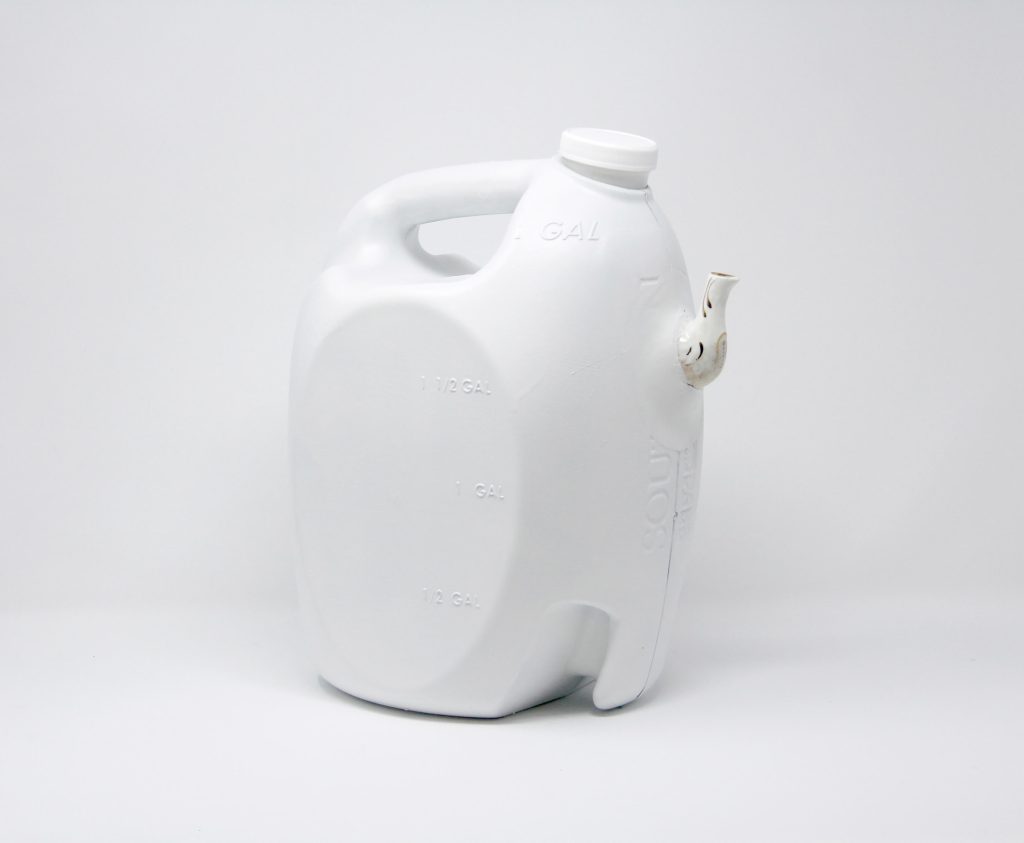
How do you see your art evolving or changing over time? Does experimenting with new techniques or themes push you to explore your artistic capacity?
Absolutely! At first, to break free from the fixed mindset of a designer, I experimented with a series of purely visual art attempts, such as the Reformation series. While I enjoyed the process of creating purely visual works, I also realized that I didn’t need to hide my knowledge and experience as an industrial designer. My interest lies not in pure art but in the intersection of design and art. With this clearer self-positioning, I later began creating the ‘2e- Electrolysis Collection’ and ‘Repairing Society’ series with greater confidence.
I enjoy exploring different themes, some of which stem from societal hot topics, while others reflect my personal values. When a theme strongly resonates with my values, I want to express it visually and share it with others, using techniques as just one of my tools for expression. For example, I’m currently engaged in creating speculative artworks related to future food. This work delves into the evolving dining experiences that arise from the increasing use of food technology, especially molecular gastronomy, which places less emphasis on food shapes and colors while preserving taste.
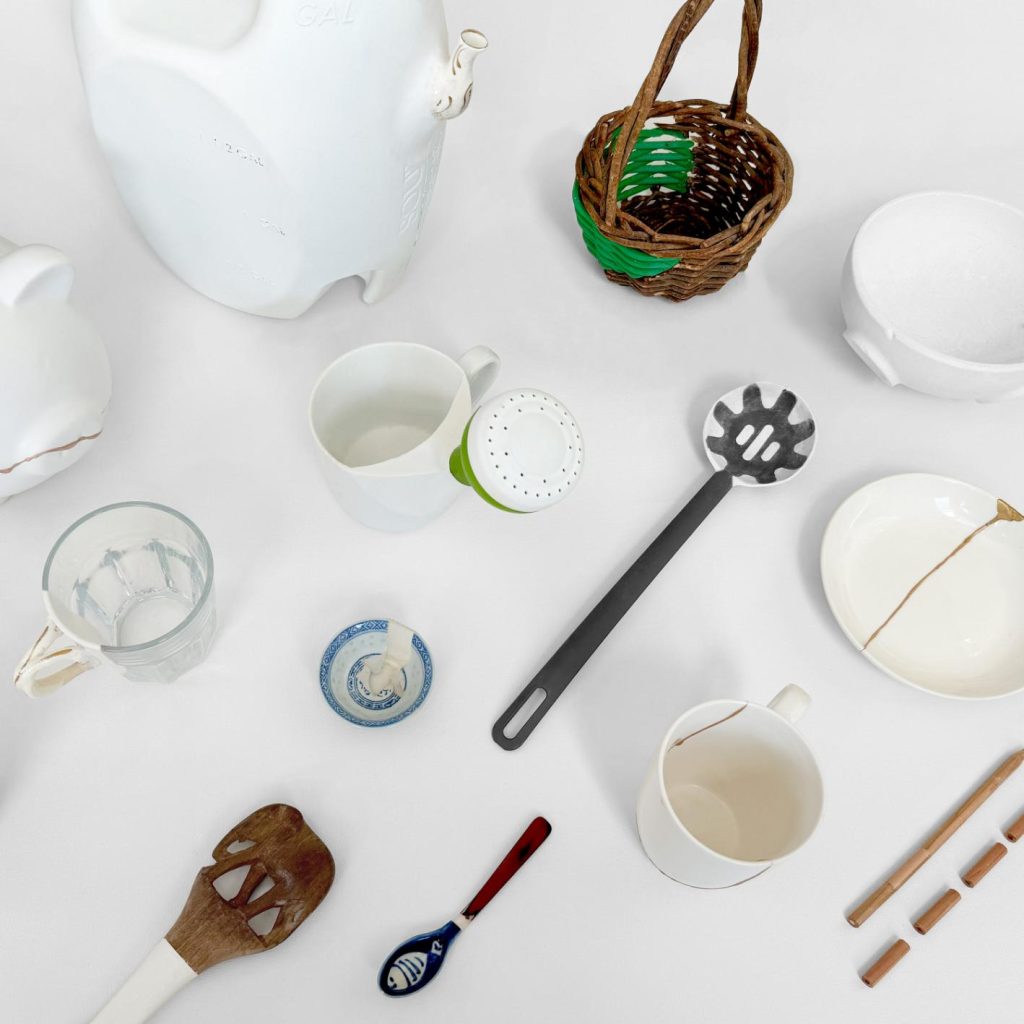
All images courtesy of Xiaodong Ma, shared with permission

